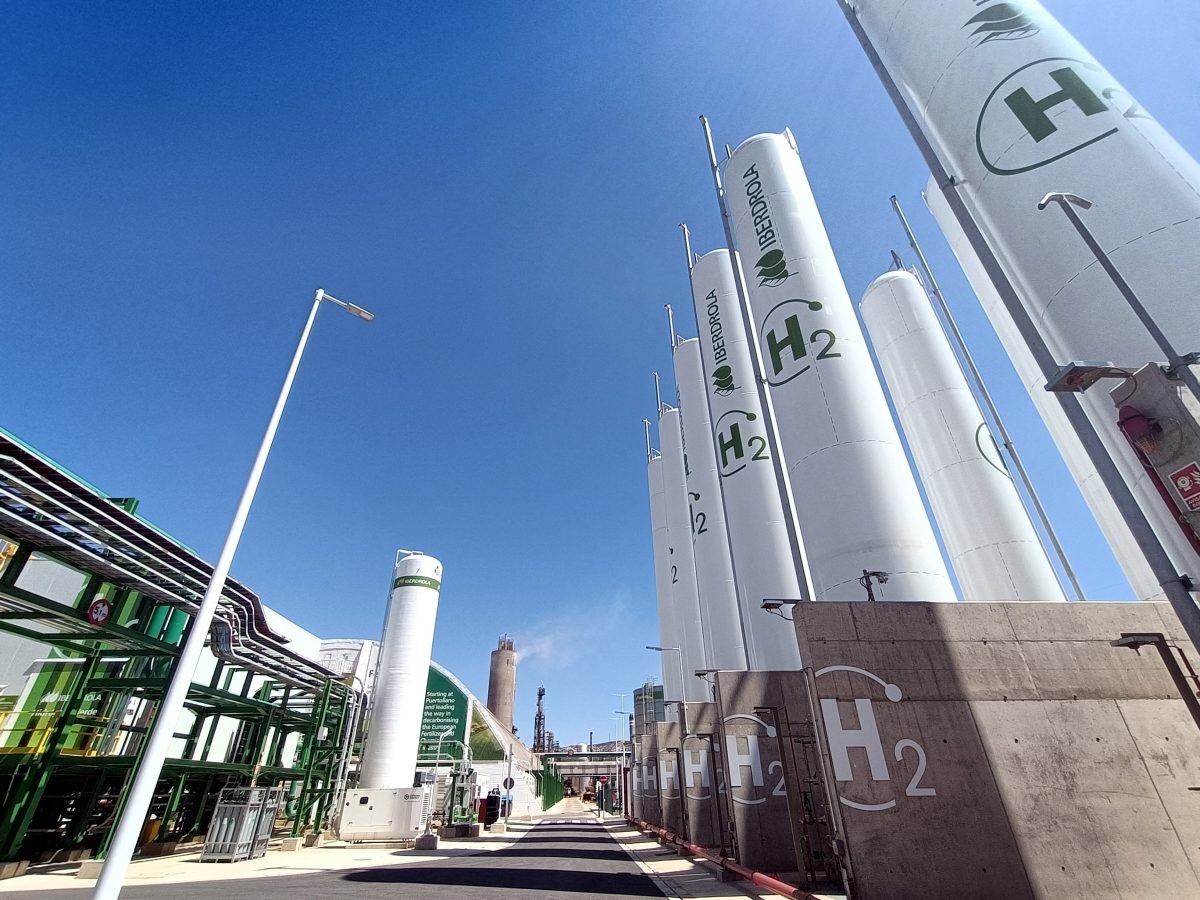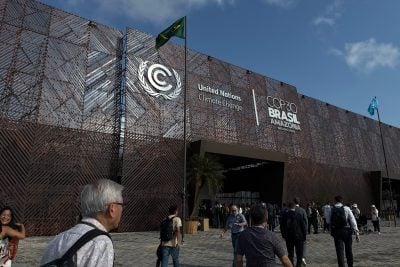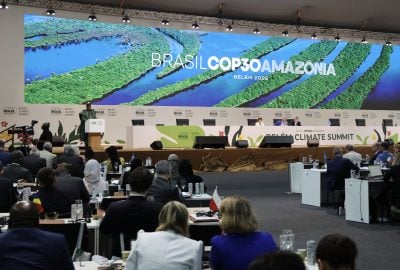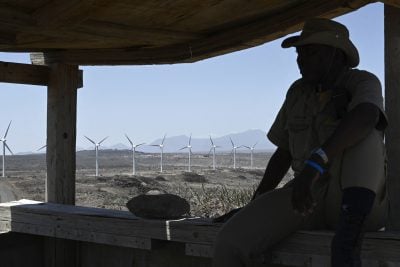In the Namibian desert, the sun rises over sand dunes and windswept coastline, perfect conditions to produce renewable energy. Solar irradiation and coastal winds make green hydrogen (GH2) production cheaper here than almost anywhere in the world, and many countries globally, and especially in Europe, are looking to the African continent as a key exporter of GH2.
While several hydrogen and broader energy-transition-focused partnerships have emerged between African countries and the European Union (EU) – such as the EU-Morocco Green Partnership – a key question remains: how can these partnerships deliver mutual benefits for both African countries and the EU? It is critical that these partnerships align with the objectives set out in key policy frameworks, including the EU’s Clean Industrial Deal and Africa’s Agenda 2063, ensuring that they contribute to broader sustainable development, energy security, and just transition goals.
Major player potential
Global decarbonisation efforts, from Europe’s Clean Industrial Deal to the hydrogen roadmaps of Japan and South Korea, have placed green hydrogen at the centre of energy transition strategies. The EU estimates that hydrogen could make up to 10% of its final energy demand by mid-century. For Africa, this creates an opportunity to become a supply partner to external markets, while also building local industry, jobs, and expertise.
By 2050, Africa could produce 30m to 60m tonnes of GH2 annually, according to conservative estimates by the Africa Green Hydrogen Alliance (AGHA). That’s equivalent to 5–10% of projected global hydrogen demand. This scale of production from key countries such as Namibia, South Africa, Mauritania, Egypt, and Morocco, could generate $60–120bn in GDP.
To put this in context, global hydrogen demand is expected to reach 500m to 660m tonnes by 2050, meaning Africa has the potential to be a major player, not a marginal contributor. Namibia alone could scale production from 1m to 2m tonnes per year in 2030 to 10m to 15m tonnes by mid-century, according to its National Hydrogen Strategy.
However, drawing on modelling done by Development Reimagined across 13 African countries, total infrastructure needs amount to $108.9–149.9bn per year to 2030, of which energy infrastructure alone is on the order of roughly $22bn to $30bn annually. Without innovative, scaled investment at this level, the continent’s green hydrogen potential will be constrained.
Keeping the benefits at home
But raising the finance to deliver green hydrogen in Africa is, to be honest, just part of the challenge. Ensuring that African hydrogen production does not only favour the interests of industrialised countries but also delivers tangible benefits to African nations, including benefits to the local environment, economy and communities, is equally critical.
Will Africa end up just being a supplier of raw energy – as it has been for oil and gas for decades – or will African governments prioritise choices such as using hydrogen to expand local electricity access and power green industries like steel and fertilisers, and only then consider exports?
To give a very practical example, will Namibia’s green hydrogen be extracted and exported to Europe, or will it be used locally in Namibia’s Walvis Bay Special Economic Zone to produce green steel and fertilisers that can then be exported as higher-value finished goods to the Netherlands, Germany or Japan – which would create more jobs, industrial capacity, and broader economic benefits at home?
The question is pertinent, and should be resolved as quickly as possible, as most GH2 projects in Africa are currently foreign-led. African governments often play a secondary role, and profits, decision-making, and technology remain offshore. Evidence from recent studies by Development Reimagined, Environmental Defense Fund, and Africa Practice, shows that approaches emphasising local industrialisation, workforce inclusion, and social participation deliver far greater long-term benefits than rapid deployment alone. Without deliberate policy frameworks, Africa risks repeating patterns seen in other extractive sectors, supplying raw inputs while missing broader economic and social gains.
Three recommendations
How can this extractive cycle be avoided? Three moves stand out.
First, local industry has to be part of the deal. Governments should hardwire requirements for domestic manufacturing, workforce participation, and technology transfer into contracts. Public–private partnerships (PPP), equity stakes, and profit-sharing ensure that even as foreign capital comes in, real benefits stay in-country. For example, Namibia’s Green Hydrogen Council and its memorandum of understanding (MoU) with the European Union show that proactive engagement can shift the balance.
Second, clarity is essential. Investors want predictable rules, but African governments can use this need for certainty to tie investments to their own domestic priorities, not just foreign demand. Clear licensing, industrial policies, and requirements for downstream processing, such as producing fertilisers, ammonia, or synthetic fuels locally, can help keep value on the continent rather than exporting only raw hydrogen. Regional coordination through the Africa Green Hydrogen Alliance can further harmonise standards, pool bargaining power, and position Africa not just as a supplier, but as a long-term, high-value partner and standard-setter in the global green hydrogen market.
Third, skills must be built now. Let’s be honest, GH2 is knowledge intensive. Training the local population (including young people and women) in electrolysis, fuel-cell technology, and project management will ensure expertise doesn’t just land in Africa temporarily, but grows roots here. That means universities, technical colleges, and apprenticeships must be integrated into GH2 strategies from the outset.
The stakes for Africa’s positioning at key convenings such as COP30, as well as Africa+1 summits such as the forthcoming 7th Africa-EU summit in November, and individual bilateral negotiations, are high. GH2 could generate tens of billions in GDP and millions of jobs by 2050. Global hydrogen trade remains small, and green hydrogen is still a minor share. Africa, with its unmatched renewable potential, sits at the centre of this unfolding story. With its vast renewable resources, African countries, such as Namibia, can move beyond the state of a potential supplier of green hydrogen, to a dependable and high-value partner and market shaper. Unlike Asia or Latin America, the continent enjoys some of the world’s lowest production costs, but without strong industrial policies and strategic investments, these advantages risk being lost.
The Namibian sun beats down and the wind carries on across the dunes – the landscape hasn’t moved, and the opportunity is there. The decisions made today will determine whether green hydrogen builds local industry and jobs or flows away as just another export. Our moment is now, and our ambition must rise to meet it.
Want to continue reading? Subscribe today.
You've read all your free articles for this month! Subscribe now to enjoy full access to our content.
Digital Monthly
£8.00 / month
Receive full unlimited access to our articles, opinions, podcasts and more.
Digital Yearly
£70.00 / year
Our best value offer - save £26 and gain access to all of our digital content for an entire year!

 Sign in with Google
Sign in with Google 



